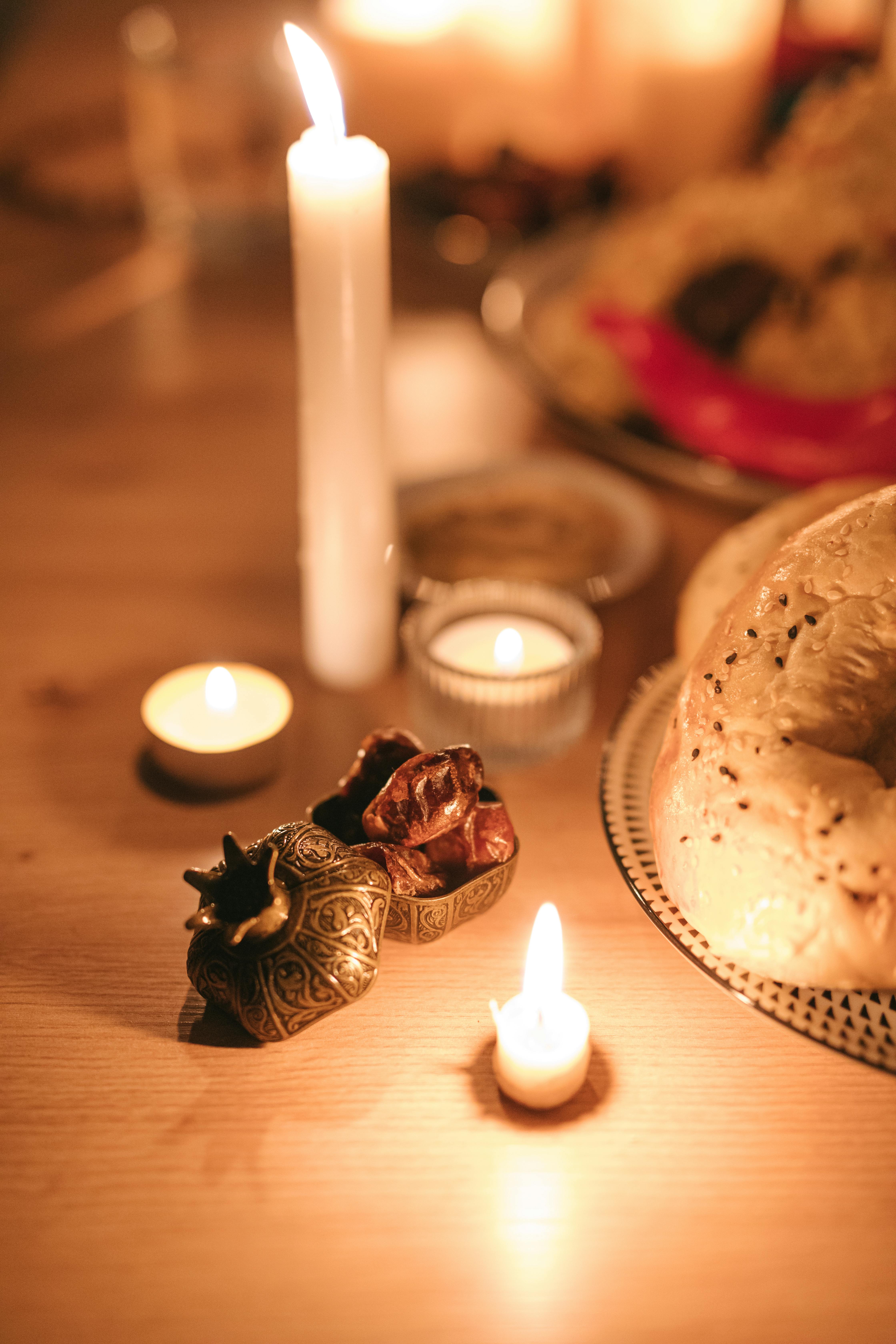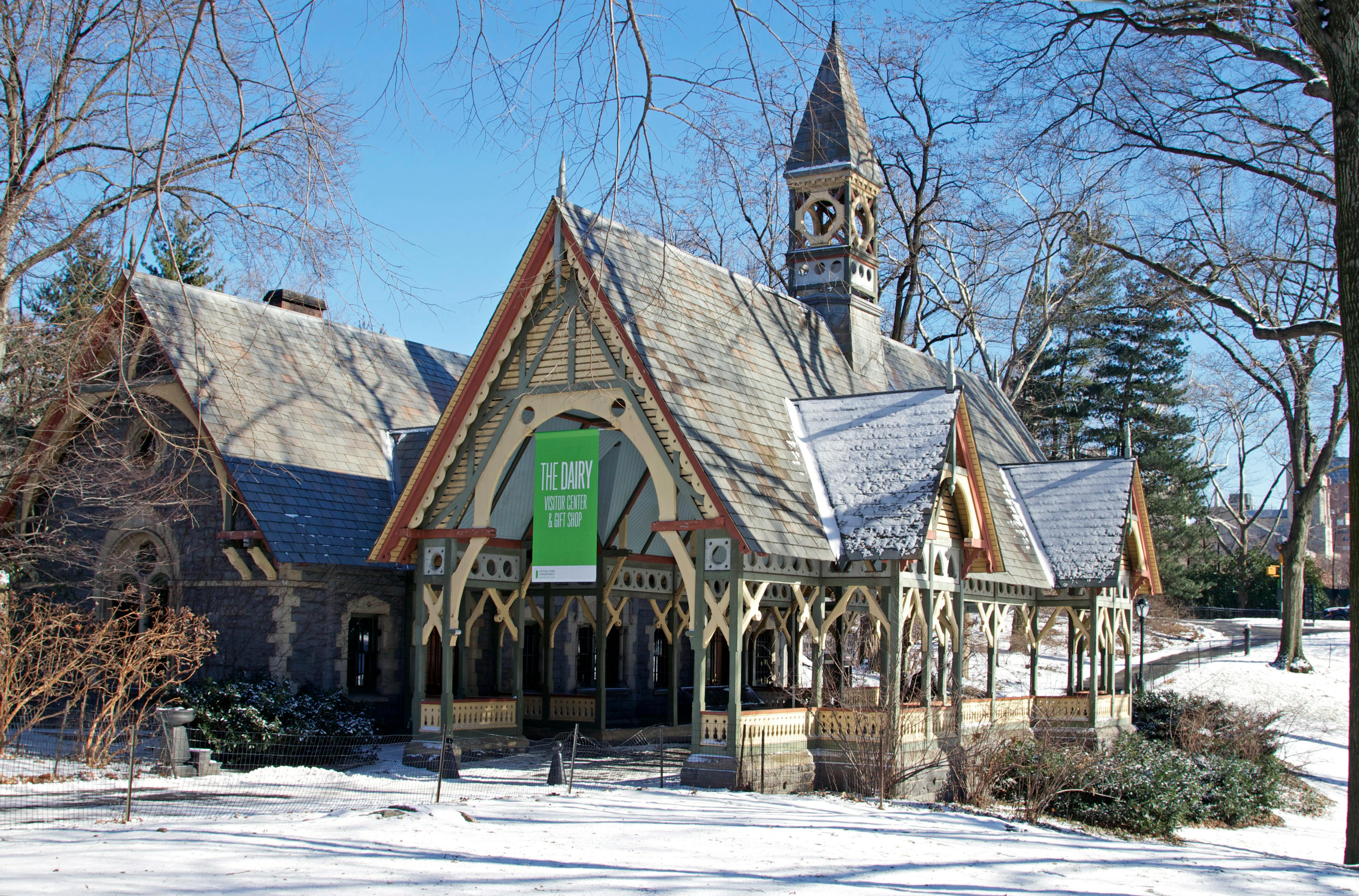Exploring the Richness: Cultural and Heritage Tours in New Zealand

New Zealand is a land woven with stories, a place where history and culture burst at the seams in breathtaking landscapes. With such depth of heritage, the cultural tours on offer provide a fascinating glimpse into the fabric of this unique country. A trek through this intriguing nation is not just about witnessing the stunning panorals but engaging with the diverse narratives that have shaped its identity. From immersing yourself in Maori traditions to reliving the European colonial era’s tales, embarking on a cultural and heritage tour in New Zealand promises to be a profound journey into the past, sure to ignite your intellect and captivate your imagination.
The Unique Cultural Heritage of New Zealand
Distinguished and diverse, the cultural heritage of New Zealand is truly unique. Owing much to the indigenous Māori traditions seamlessly intertwined with European influences and a modern, cosmopolitan blend of Asian, Pacific and other European cultures, Aotearoa – the Māori name for New Zealand – presents a vibrant cultural tapestry.
The Māori Culture
Māori culture is an integral part of life in New Zealand, shaping the country’s identity. As the first inhabitants of Aotearoa, Māori brought with them their distinct customs, language, art, and myths. Their culture emphasizes strong family bonds, respect for ancestors and elders, and a deep affinity for nature. From the sacred haka and traditional Māori performing arts to the intricate carvings and tattoos (ta moko), Māori culture remains a strong pillar of New Zealand’s cultural heritage.
The European Influence
From the mid-19th century, New Zealand saw an influx of European settlers, predominantly from Britain, profoundly influencing New Zealand’s culture. The impact of British settlement is visible in the architecture, language, food staples, and the common law legal system. Christianity also became the predominant religion following European settlement, influencing many aspects of societal norms and values.
Modern Multicultural New Zealand
In contemporary times, New Zealand has become a multicultural society that embraces diversity. The rich mix of cultures—Indian, Chinese, Filipino, and South African, along with Middle Eastern, Latin American, and Pacific Nations influences—have contributed to a diverse, inclusive, and vibrant New Zealand culture.
Experiencing Māori Culture first-hand
To truly understand New Zealand’s heart and soul, a first-hand experience of Māori culture is indispensable.
Traditional Māori Performances
Watching a traditional Māori performance is a deeply enriching experience. The haka, a warrior dance, is the most famous Māori performance art, full of power, passion, and ferocity. There’s also the poi dance, where performers rhythmically swing the poi, a ball on a cord, creating a stunning visual spectacle.
Authentic Māori Cuisine
Cuisine is a gateway into a culture, and this is particularly true for Māori cuisine or Kai. A traditional Māori meal, often cooked in an earth oven called a hangi, is an experience not to be missed. You can savor dishes like succulent meats and root vegetables slow-cooked beneath the ground, imbued with a smoky, earthy flavor.
Visiting a Marae (Māori Meeting Grounds)
Visiting a marae, the communal and sacred meeting grounds, provides rich insights into Māori society. Each marae is unique, adorned with intricate wood carvings, woven panels, and often holds a spiritual significance. Here, traditional ceremonies and welcomes take place, vital events are held, and Māori customs respected and upheld.
Historic Landmarks of New Zealand
New Zealand is a land of remarkable historical landmarks that tell stories of its diverse cultural heritage.
Waitangi Treaty Grounds
The Waitangi Treaty Grounds is a place of significant national importance. Here, on February 6, 1840, New Zealand’s founding document, the Treaty of Waitangi, was signed between Māori chiefs and representatives of the British Crown.
Old St. Paul’s Cathedral
Old St. Paul’s, built entirely from native timbers, is a splendid example of 19th-century Gothic Revival architecture. Despite being replaced by a new cathedral in 1964, the old cathedral remains a beloved historical attraction showcasing European heritage.
Larnach Castle
Larnach Castle, New Zealand’s only castle, is a testament to Dunedin’s wealthy past. The beautifully restored mansion and its sprawling gardens offer a glimpse into the Victorian era’s extravagance and elegance.
Must-visit Museums in New Zealand
Museums in New Zealand offer fascinating accounts of its rich history, art, and cultural heritage.
Auckland War Memorial Museum
A visit to the impressive neoclassical Auckland War Memorial Museum is a must. In addition to a significant collection of Māori and Pacific Island artifacts, it houses war memorial galleries and natural history exhibits.
Museum of New Zealand Te Papa Tongarewa
Located in Wellington, Te Papa is New Zealand’s national museum. With the vision of changing hearts, minds, and lives, it offers an interactive and innovative experience that brings New Zealand’s stories alive.
Otago Museum
Otago Museum in Dunedin hosts an amazing assortment of over a million artifacts and specimens, showcasing everything from early Māori artifacts to natural science collections and classic art pieces.

Exploring the Natural Heritage
In New Zealand, the cultural narrative is deeply intertwined with its extraordinary natural heritage.
World Heritage Areas
New Zealand is home to several UNESCO World Heritage Sites, including Tongariro National Park, known for its stunning volcanic landscapes and spiritual and cultural significance to Māori, and Te Wahipounamu, a southwestern region prized for its remarkable geology and biodiversity.
National Parks in New Zealand
New Zealand’s 13 national parks, each boasting a unique ecosystem, offer everything from snow-capped mountains, lush rainforests, serene lakes, to rugged coastal areas, providing a haven for unique flora and fauna.
Unique Flora and Fauna
New Zealand’s lengthy isolation means it’s evolved flora and fauna distinct from the rest of the world. You can spot exotic bird species including Kiwi, fantails, and Kea, as well as flowering plants like Kowhai and Pohutukawa.
Getting Immersed in Art and Craft
Art in New Zealand extends from traditional Māori art to contemporary art installations that capture the nation’s evolving cultural identity.
The Art Galleries of New Zealand
New Zealand’s galleries house an extensive range of artwork. Auckland Art Gallery Toi o Tāmaki, the largest art institution in the country, hosts over 15,000 works, while galleries like Wellington’s City Gallery foster contemporary visual arts.
Māori Arts and Crafts
Traditional Māori arts and crafts are an expression of their spirituality and world view. These include carving, weaving, moko (tattooing), and tukutuku (ornamental lattice-work). Many iwi (tribes) run workshops where you can learn these techniques.
Contemporary Kiwi Art
Contemporary New Zealand art is as diverse as its multicultural society. Known for their innovation, Kiwi artists work across a variety of mediums, reflecting the ever-changing cultural and social dynamics.

New Zealand’s Heritage Buildings and Architecture
From Victorian elegance to modernist marvels, New Zealand’s architecture speaks volumes about its historical and cultural journey.
Victorian Architecture in Dunedin
Dunedin, known as the finest Victorian and Edwardian city in the southern hemisphere, offers a myriad of well-preserved examples of Victorian architecture, including the iconic Dunedin Railway Station and the University of Otago.
Art Deco in Napier
After a devastating earthquake in 1931, Napier was rebuilt in the Art Deco style, resulting in one of the most comprehensive collections of inner-city art deco buildings. Each February, the city celebrates its architectural heritage with the popular Art Deco festival.
The Modernistic Architecture of Wellington
Wellington’s architecture is characterized by an array of modern designs. The Beehive, an iconic parliamentary building, epitomizes Wellington’s progressive architectural style.
Cultural Festivals and Events
New Zealand hosts a variety of cultural festivals and events, expressing its cultural diversity and heritage in the most delightful ways.
Māori New Year – Matariki
Matariki, the Māori New Year, is a unique cultural event celebrated with music, food, and art. It’s a time for Māori to remember their ancestors, share food and gifts, and enjoy a range of cultural performances.
The World of Wearable Art show
The World of Wearable Art (WOW) is an international design competition where fashion, art, and theatre collide. Designers from across the globe create mind-boggling wearable art, which is brought to life in a spectacular stage show.
Pasifika Festival
The Pasifika Festival in Auckland is a vibrant celebration of Pacific Islands’ culture. It showcases traditional and contemporary Pacific Islander art, performances, food, and crafts, with each Pacific Island represented in its distinct village.
Literature and Cinema Influence
New Zealand’s literature and film have significantly enhanced its global cultural footprint.
The Lord of the Rings Influence
The Lord of the Rings trilogy has had a profound impact on New Zealand’s cultural identity and tourism. Filmed entirely in New Zealand, the trilogy shows off the exceptional beauty of the New Zealand landscape, drawing millions of tourists and fans.
Famous New Zealand Authors
New Zealand literature, rich and varied, offers a deep understanding of the country’s culture and history. Acclaimed Kiwi authors like Katherine Mansfield, Keri Hulme, Eleanor Catton, and Witi Ihimaera have significantly contributed to New Zealand’s literary heritage.
Film Festivals in New Zealand
Film festivals play a crucial role in celebrating New Zealand cinema’s creativity and diversity. The New Zealand International Film Festival, Show Me Shorts, and DocEdge are among those that showcase local and international films, fostering film culture.
Planning Your Cultural and Heritage Tour
Finally, as you set off to explore New Zealand’s cultural heritage, here are a few pointers to keep in mind.
Best Time to Visit
The best time to visit New Zealand depends on what you want to see. The summer (December to February) is perfect for outdoor activities, while winter (June to August) draws snow sports enthusiasts. If you’re targeting a specific cultural event, plan your visit to coincide with that festival.
List of Heritage Tour Operators
A broad range of tour operators offer bespoke and group cultural tours focusing on heritage, arts, and Māori culture experiences. When choosing a tour operator, make sure they follow responsible tourism practices and respect locals and their customs.
Tips for A Respectful Cultural Experience
When immersing yourself in New Zealand culture, it’s vital to be respectful and open-minded. Learn a few phrases in Te Reo (the Māori language), dress appropriately when visiting sacred Māori sites, and always ask before taking photos of people and at maraes. Lastly, in true Māori spirit, come with an open heart, appreciate the stories and histories, and leave only footprints behind.
With vast expanses of breathtaking landscapes, vibrant cultural experiences, and rich historical narratives, a cultural and heritage tour in New Zealand is a journey that renews, enlightens and inspires. There’s no better way to appreciate Aotearoa than by immersing in its tradition, identity, and spirit – the real essence of this beautiful land.